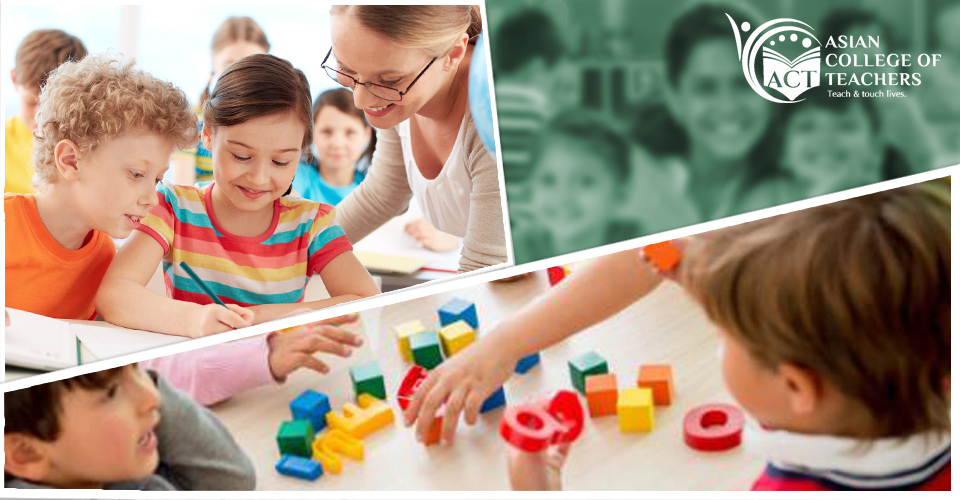Needs for Child Care Specialities
5th February 2018

An early-childhood teacher works with young learners who are between 3 and 5 years old. Trained with an early childhood teacher courses online teachers learn to engage children with special needs in a variety of activities that are developmentally appropriate and aims for each child's well-being.
How detailing helps-
Young learners with reading difficulties need help when it comes to noticing all the details in a new word.
Teach the child by first showing them the word and then reading it out loud. Next, ask them to say the letters in the word. This will help them analyse the word and process it in detail.
Adding an artistic flair-
For children with dyslexia remembering a sight word is easier if they connect it to a picture. Teachers need to know the techniques on how to become a dyslexia specialist to offer proper guidance for these children.
An effective way to work on it can be writing a practice word on two sides of a paper or a card. Introduce the practice words using the illustrated side of the cards.
Use different senses-
Research shows that children with dyslexia learn best when they engage many senses. Activate your child’s sense of touch by having them trace letters on lists of sight words with their finger.
Cut the letters out of sandpaper and have them trace the scratchy surface while saying the letter names and then the word.
Grab a pencil-
After your child has practised reading and air-writing target sight words, enable them to try spelling them on paper.
Have them write the word a few times on a chalkboard while saying the letters and then the word. Or write the word on paper a few times each day.
Make a word wall-
Create a space to display the words your child has mastered.
Let your child decorate with papers and then hang it up where your child can see it. You can write the words directly on the paper which is a great way to show your child how their word knowledge is growing.
Do a word search-
Have your child pick out the words they are practising in books that are at their reading level.
This will help increase their awareness of how frequently these words are used. It will also help them be on the lookout for these words in daily reading.
Keep it manageable-
Introduce one word at a time every day or two until you have about 10 new words to practice at a time. Add one new word for each word your child masters.
This will help keep their learning goal manageable. They will be more likely to succeed, and that may give her the motivation to practice.








